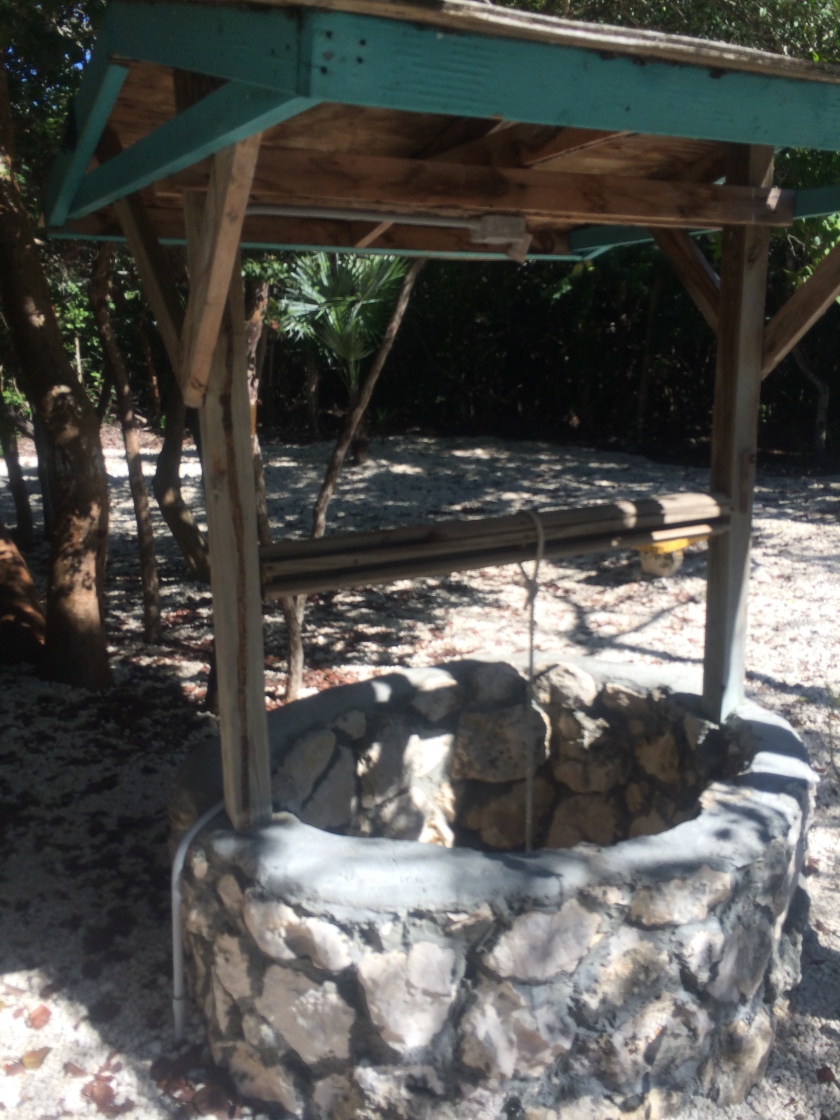Do you dream of sailing around the world in a sailboat?
Do you have a business or career you don’t want to sacrifice for that dream?
Do you have kids in school?
Do you think you can’t live on a boat year round?
You don’t need to quit your job, sell your house, and take the kids out of school to complete a circumnavigation of the globe in a sailboat. You don’t have to wait until you are retired to sail for the South Pacific. How to Sail Around the World Part-Time tells you how you can do it without uprooting your life by taking two to six months off per year to sail the trade winds.
tells you how you can do it without uprooting your life by taking two to six months off per year to sail the trade winds.
I answered yes to all those questions, and I plan to sail for Panama this May. There are a lot of misconceptions about sailing around the world, and I debunk them in my new eBook. I draw from my own cruising experience, and the experiences of hundreds of successful circumnavigators
Goodreads Giveaway of a Slow Boat to the Bahamas
You need to sign up by Friday, January 29, if you want to enter a drawing at Goodreads, the social network for book lovers, for a new, signed paperback copy of Slow Boat to the Bahamas. Thank you everyone who made it a number one bestseller in Kindle sailing narratives. Sign up for the giveaway here. If you have never used Goodreads before, you can sign in using Facebook or your Amazon login. When I last checked, 180 people had signed up for the free book.
To join the adventure, move towards the cruise of your dreams, and help out the Slow Boat crew and other sailors dreaming of turquoise waters in paradise:
Buy Slow Boat to the Bahamas at Amazon.
Save $15 off you next purchase online of $200 at West Marine by using this link and the coupon code WMAFF at checkout.
Try a free sample of the Slow Boat to the Bahamas.
If you have read Slow Boat to the Bahamas already, let other sailors know what you thought of it at Amazon or Goodreads.

 Before we left for the Bahamas, we decided $4,000+ for a watermaker (desalinator) was out of our budget especially since we had to replace our roller furler. Catching water is just a matter of putting the maximum surface area to the task. Where do you get the most surface area? Use the entire deck! Most boats drain to a handful of scupper drains. If you clog the scupper drains with a hand towel when it rains, the water will pool on the deck. Most folks will choose to wait a few minutes (5 minutes or less) into the downpour before doing this to wash off the salt on the decks. Then, they plug the drains with a small towel or sponge. If you have deck fills right next to the scupper drains, then all the rain water will flow into your tank.
Before we left for the Bahamas, we decided $4,000+ for a watermaker (desalinator) was out of our budget especially since we had to replace our roller furler. Catching water is just a matter of putting the maximum surface area to the task. Where do you get the most surface area? Use the entire deck! Most boats drain to a handful of scupper drains. If you clog the scupper drains with a hand towel when it rains, the water will pool on the deck. Most folks will choose to wait a few minutes (5 minutes or less) into the downpour before doing this to wash off the salt on the decks. Then, they plug the drains with a small towel or sponge. If you have deck fills right next to the scupper drains, then all the rain water will flow into your tank.
 That leaves us to deal with the potential of salt water siphoning from the engine salt water intake and flooding the engine. Closing the engine seacock while the engine is not in use is one alternative, but our boat shares a seacock with the head for flushing with salt water. Thus, we will probably look to install a vented loop between the salt water pump and the heat exchanger before we set off.
That leaves us to deal with the potential of salt water siphoning from the engine salt water intake and flooding the engine. Closing the engine seacock while the engine is not in use is one alternative, but our boat shares a seacock with the head for flushing with salt water. Thus, we will probably look to install a vented loop between the salt water pump and the heat exchanger before we set off. Slow Boat crew had a great cruise to the Bahamas. Many of you have put
Slow Boat crew had a great cruise to the Bahamas. Many of you have put